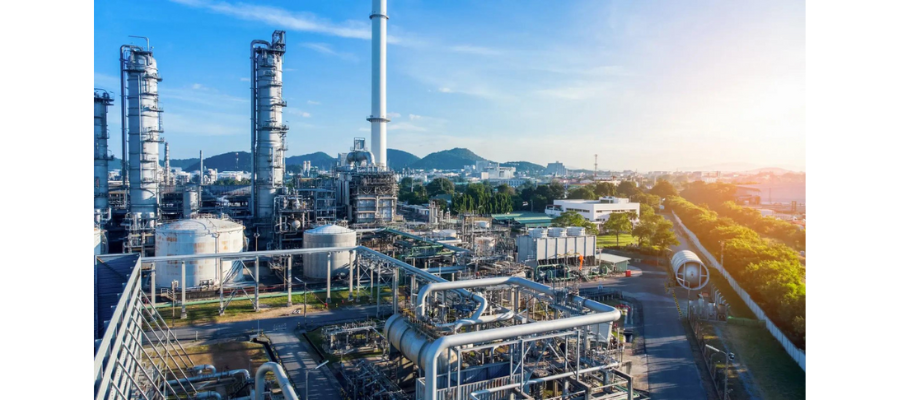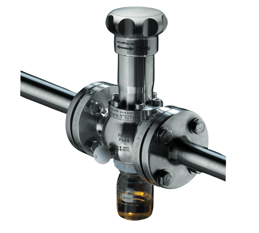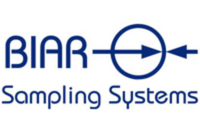

Reducing Costly Waste & Emissions When Grab Sampling
Keeping waste and emissions under control when grab sampling is an important goal for all chemical manufacturers. One of the easiest and most effective ways to achieve this is by using professional sample stations that are simple and efficient.
Excessive waste and emissions from grab sampling processes can be attributed to poorly designed piping or grab sample systems, or a combination of both. In many cases, a ball valve is connected to a process line, or the system features a “double block and bleed” setup.
Some systems consist of a ‘T’ off the process line, with a ball valve and some tubing. These "homemade" systems feature a considerable amount of dead space or area for product or residue to remain in the pipe or tank after a sample has been taken. Unflushed product can yield a contaminated sample at best but more often than not, plugging may occur, increasing maintenance costs and increasing exposure risk.
More sophisticated sample panels have purging and flushing built-in but depending upon dead space volume and frequency of sampling, flushed product constitutes a considerable amount of waste and emissions, which drives up the cost of production.
Additionally, if the flushed product cannot be recycled, there is a cost for neutralizing it or removing it offsite. A high temperature or hazardous product poses additional exposure risks to operators.
When selecting a safe sample system that can reduce waste and emissions, and improve sample quality, there are several system design factors to consider.
Dead Space
The amount of waste and emissions generated at a sample station is directly related to the amount of dead space in small tubing and cavities that allow the product to “stay behind” and affect sample quality. The more dead space, the more often the system must be flushed to guarantee a representative sample, and the more waste is generated.
Traditional closed-loop systems usually require a lot of flushing and purging. Although this operation occurs without environmental exposure, waste must be handled, and that operation can be expensive. In contrast, simpler-engineered designs don’t require flushing and purging.
Venting
The ability to vent when taking a sample is particularly important when dealing with hazardous liquids because venting prevents operators from being exposed to fumes. Vents should be piped away from the operator or to a scrubber with a slight vacuum if necessary. If an enclosure is required for additional safety, it must also be vented.
Spring-to-Close Operation or “Dead-Man Lever & Handwheel” When sampling hazardous chemicals, a valve actuator that can spring to close ensures that operators cannot walk away from an open valve, significantly reducing exposure risk and accidental releases.
When sampling hazardous chemicals, a valve actuator that can spring to close ensures that operators cannot walk away from an open valve, significantly reducing exposure risk and accidental releases.
A professional inline sample valve is the best solution to address the three common issues of Dead Space, Venting, and Valve Closure we see with many sample systems. Such a valve can significantly improve safety, industrial hygiene, and sample quality.
Overall, a simple and efficient sample station will save money, reduce risks and improve the bottom line!
Want to learn more?

